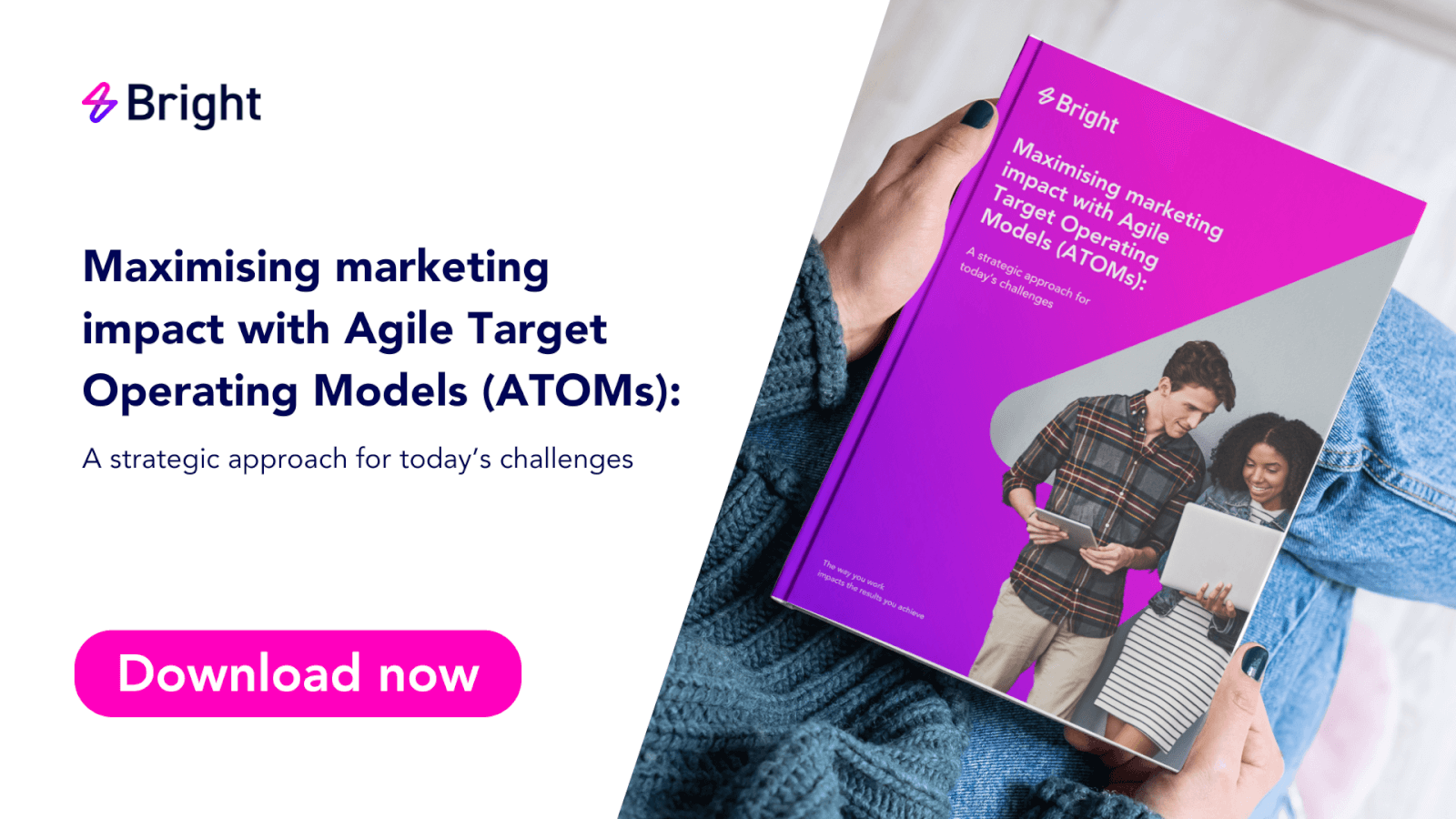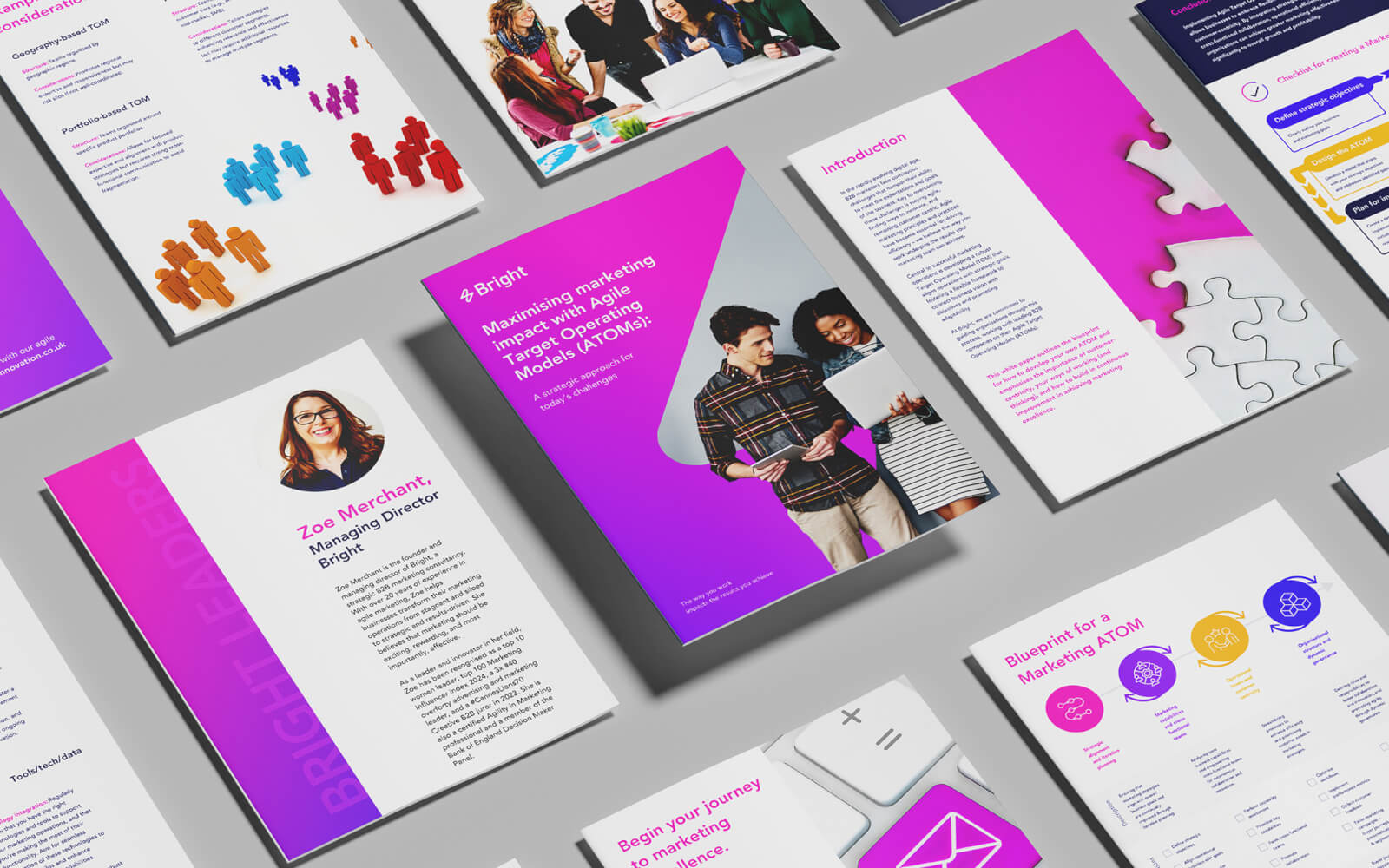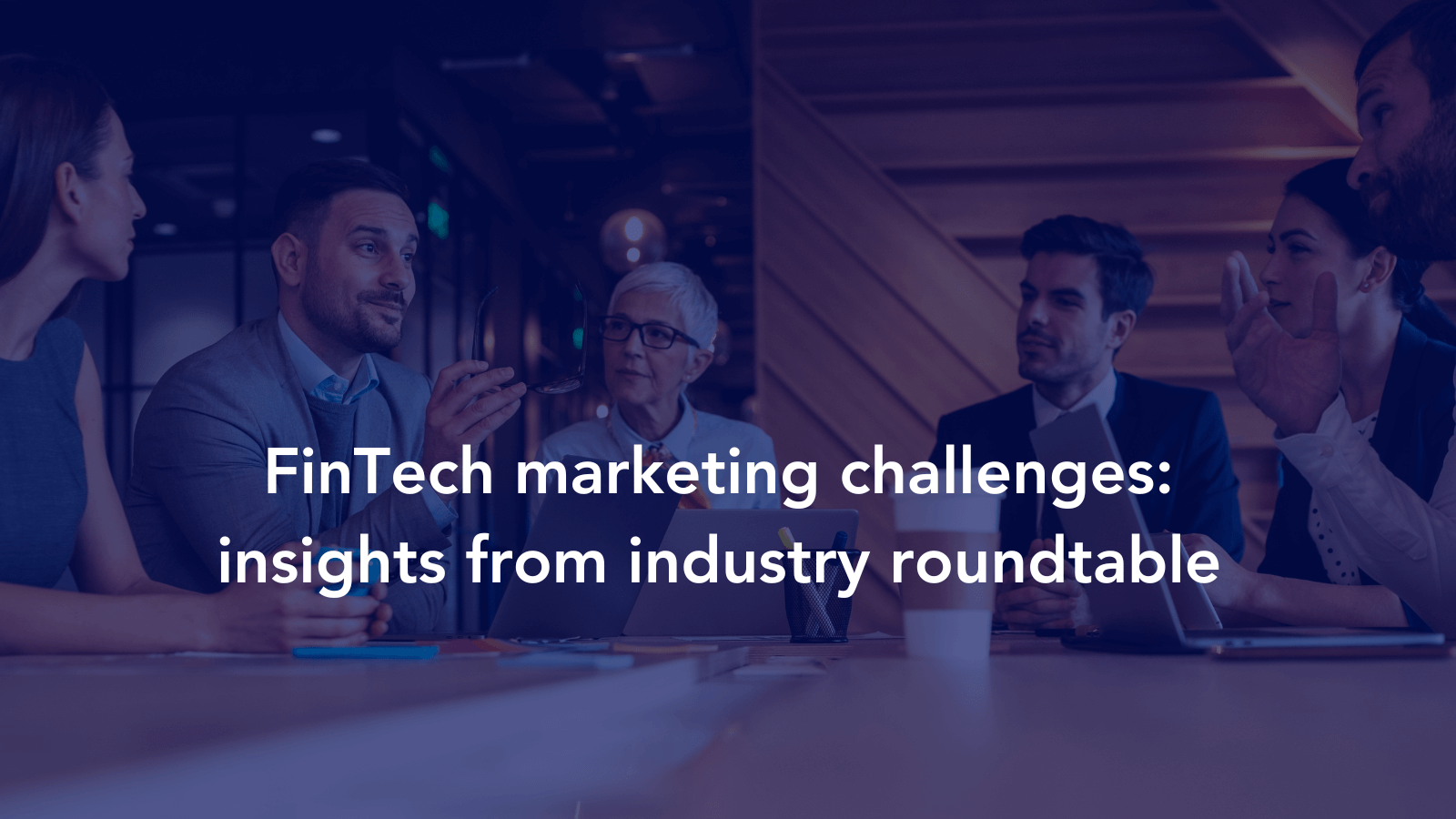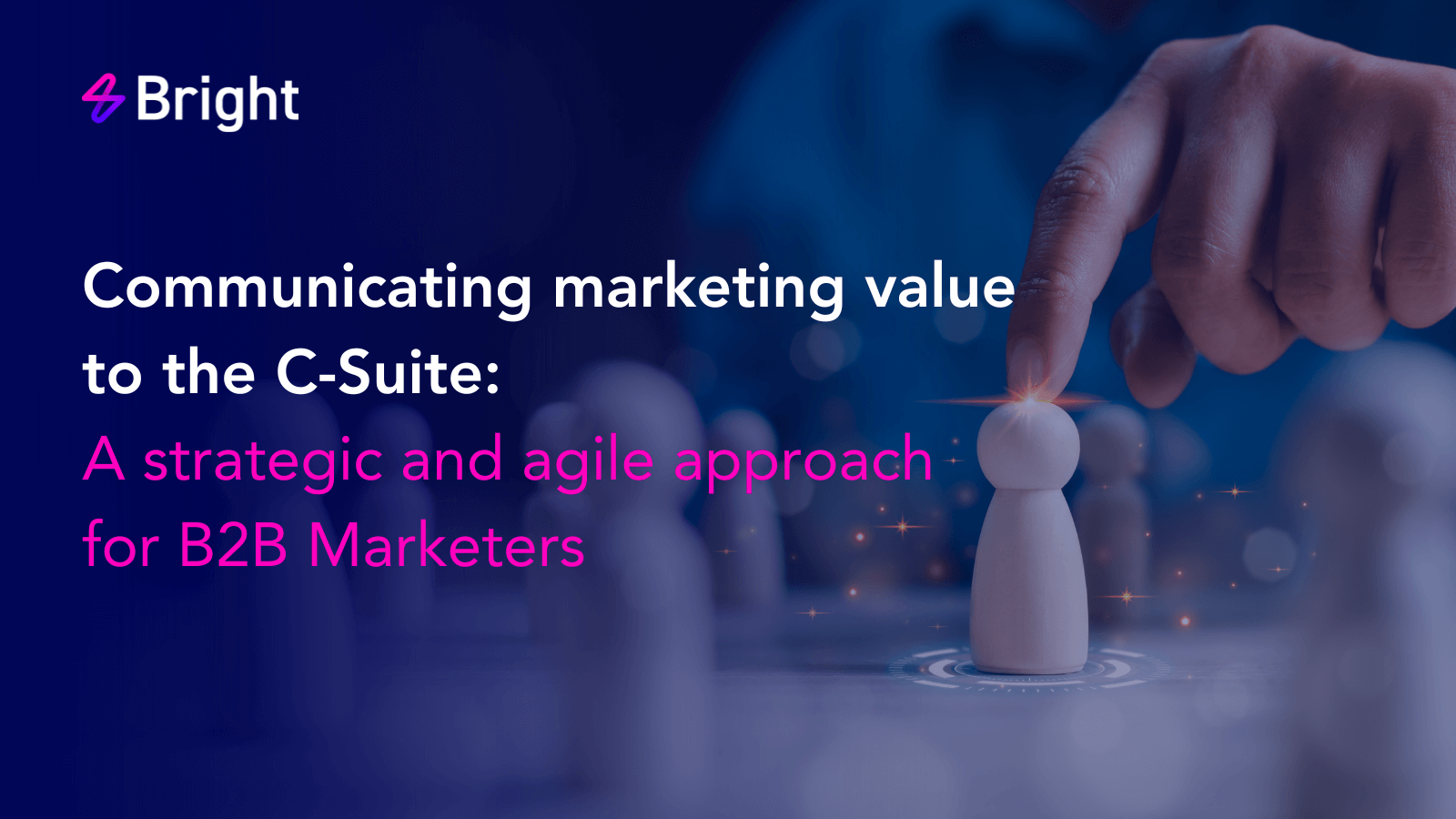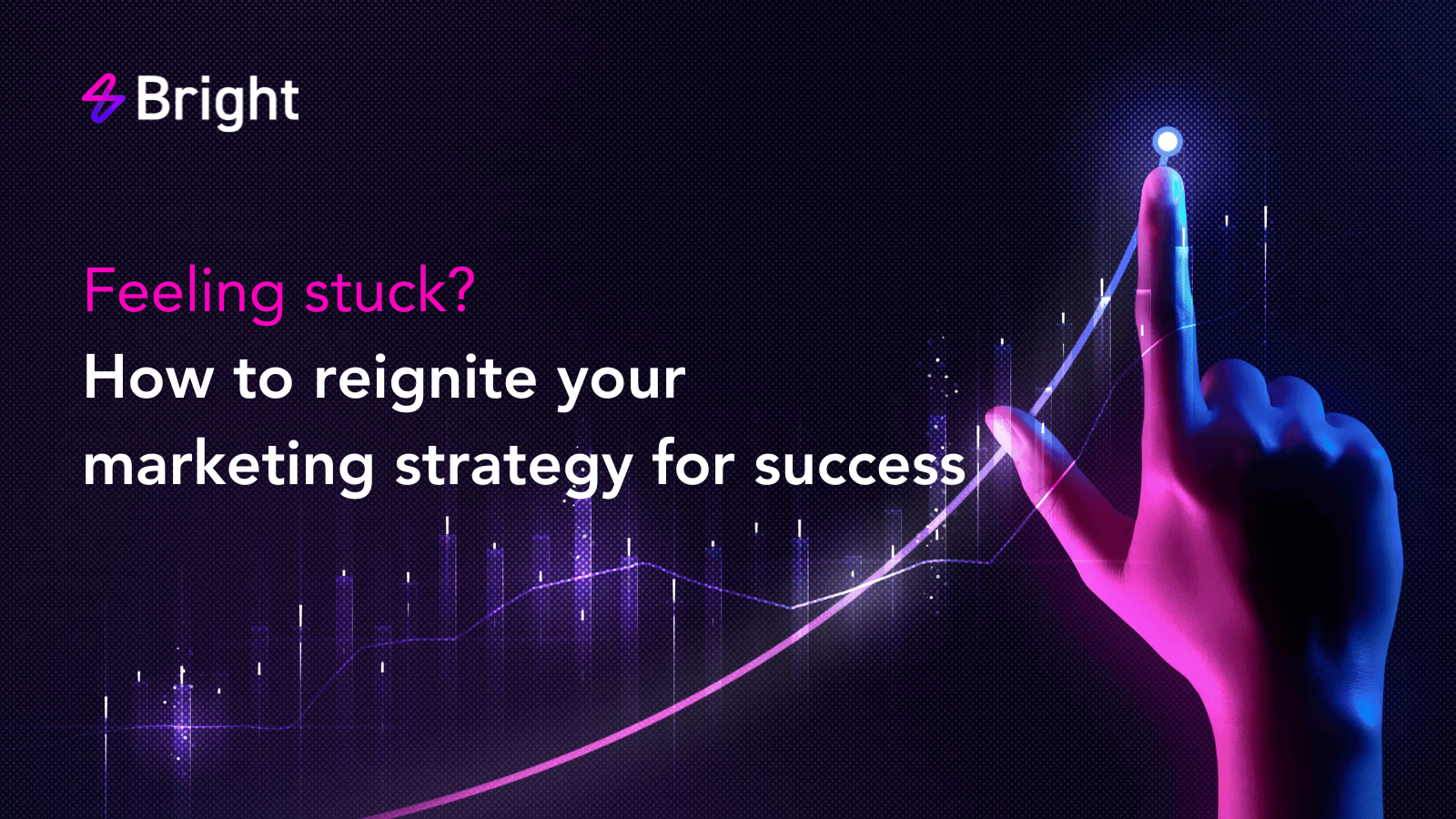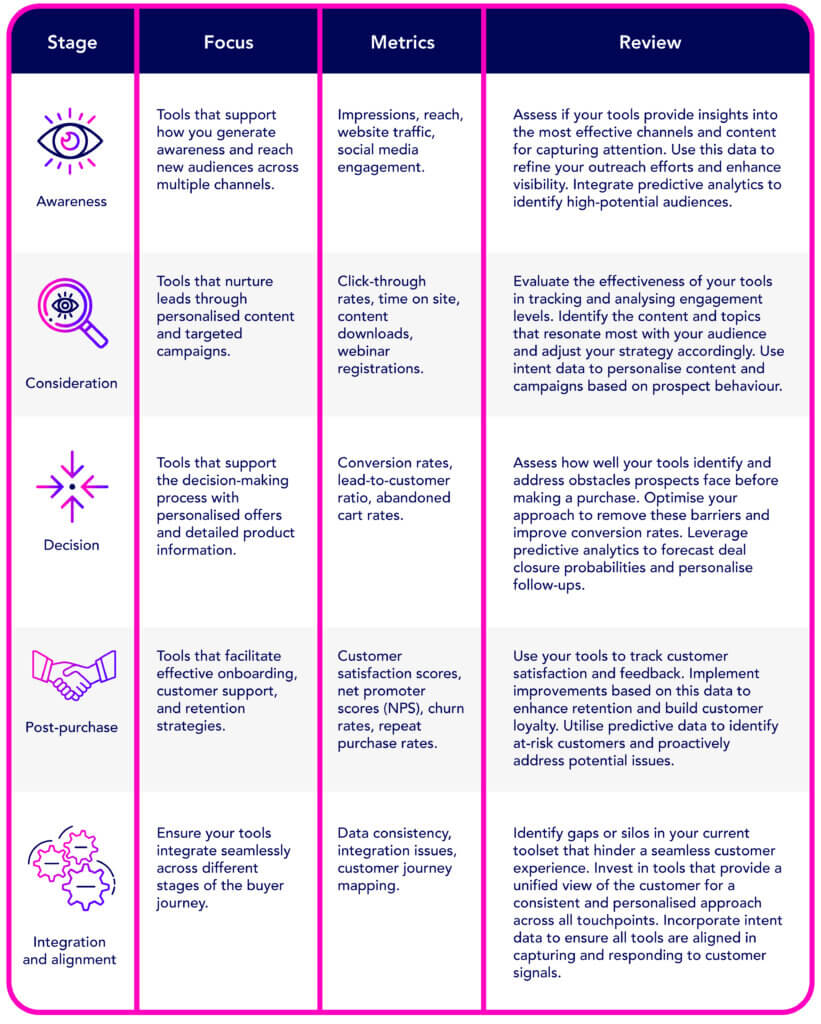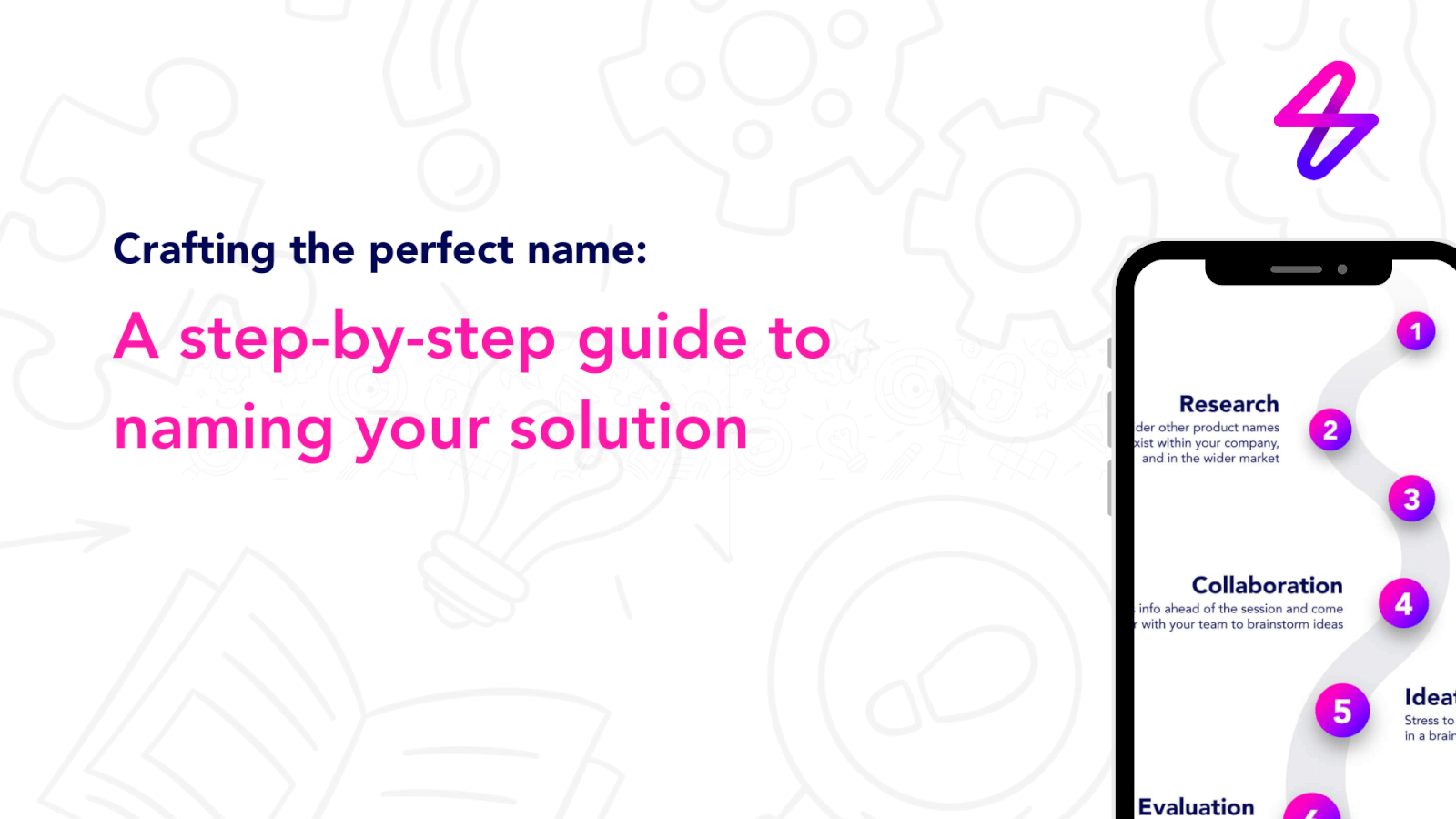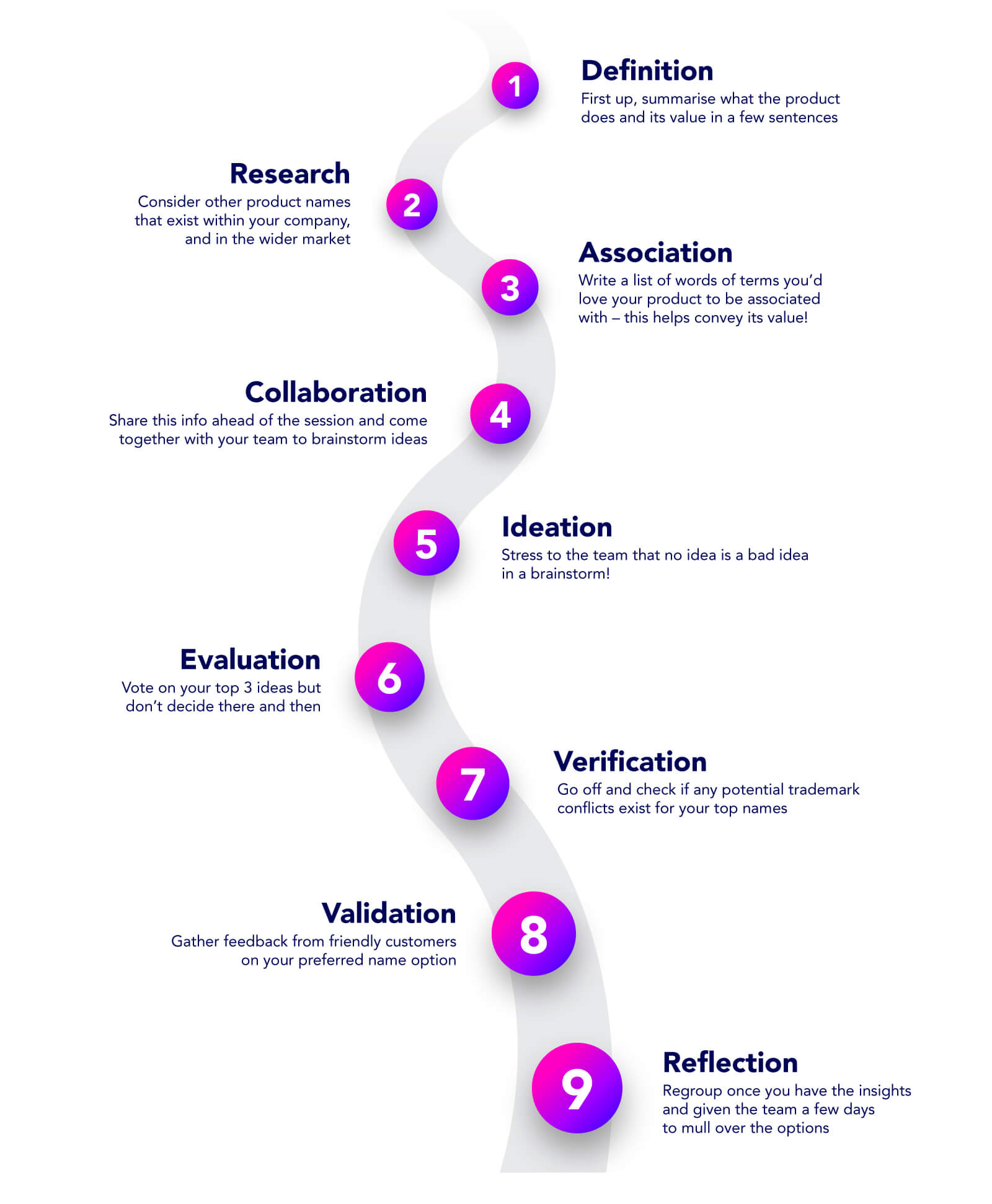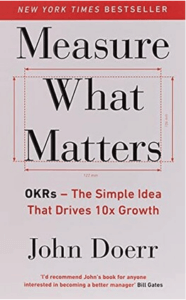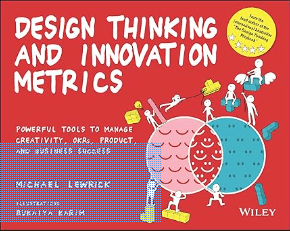Adopting agile marketing can revolutionise your team’s efficiency and creativity, but the road to getting there isn’t always smooth. Many companies face hurdles that hinder the full potential of agile practices. In this article, we’ll break down five common barriers that could stand in your way when embracing agile—and how to successfully navigate them.
- Cultural resistance to change
Agile marketing requires a shift in mindset. For teams used to traditional marketing methods, this shift can be intimidating. Employees might resist breaking free from the hierarchical decision-making and long-term planning that they’re accustomed to. Without fostering an open, collaborative environment that embraces learning, agile can feel like an alien system.
How to overcome: Build a strong agile marketing team by starting small, introducing agile concepts gradually. Emphasise the benefits—like faster delivery times and more flexibility—and create a culture of experimentation where failures are seen as learning opportunities.
2. Lack of leadership buy-in
Even if a marketing team is eager to adopt agile, without leadership support, the initiative can fall flat. Leaders may be skeptical, concerned about the potential disruption to established workflows, or unclear on how agile aligns with the broader business strategy.
How to overcome: Ensure leaders understand the value of agile. Communicate clear benefits, such as greater adaptability in competitive markets. Offer pilot programs or workshops to demonstrate how agile can fit within the organisation’s goals.
3. Unclear roles and responsibilities
Agile marketing thrives on cross-functional collaboration, but without clear roles, things can quickly get messy. Teams might not know who is responsible for what, leading to confusion, missed deadlines, or overlapping tasks.
How to overcome: Define roles clearly at the outset of adopting agile practices. For example, appoint a Product Owner or Marketing Lead to oversee priorities while ensuring that every team member understands their function within the agile framework. Clear communication is key to keeping everyone aligned. At Bright we always develop a RASCI. This framework identifies those who are Responsible, Accountable, Supporting, Consulted and Informed, this helps the whole team know who needs, and who delivers, relevant information.
4. Overloaded teams
One of the greatest risks to agile marketing is overwhelming your team with too many projects. When there is constant pressure to deliver quickly, teams can burn out. This can create a vicious cycle of decreased productivity, ultimately derailing the very agility the process aims to improve.
How to overcome: Set realistic expectations for your sprints and ensure that workloads are manageable. Focus on prioritising tasks that drive the most value. It’s also essential to encourage a work-life balance to prevent burnout and maintain the team’s enthusiasm for agile.
5. Inconsistent feedback loops
Agile thrives on feedback, whether it’s from customers, stakeholders, or internal team members. Without consistent feedback, teams can end up iterating on the wrong ideas or moving too far away from customer needs.
How to overcome: Set up regular review sessions with key stakeholders and use tools like surveys or customer feedback platforms to gather insights. Make feedback a central part of your sprint reviews and planning, ensuring the team has a clear direction for improvement.
Adopting agile marketing can offer tremendous rewards, but it’s important to acknowledge the potential challenges along the way. By addressing these common barriers head-on, your team can unlock the full potential of agility and move towards more efficient, creative, and customer-centric ways of working.
If you need some support to get your agile marketing back on track, our team of agile experts can help you review and re-establish your ways of working, and even help create the vital leadership buy-in to need to ensure your agile aspirations are fully realised. Contact us.




